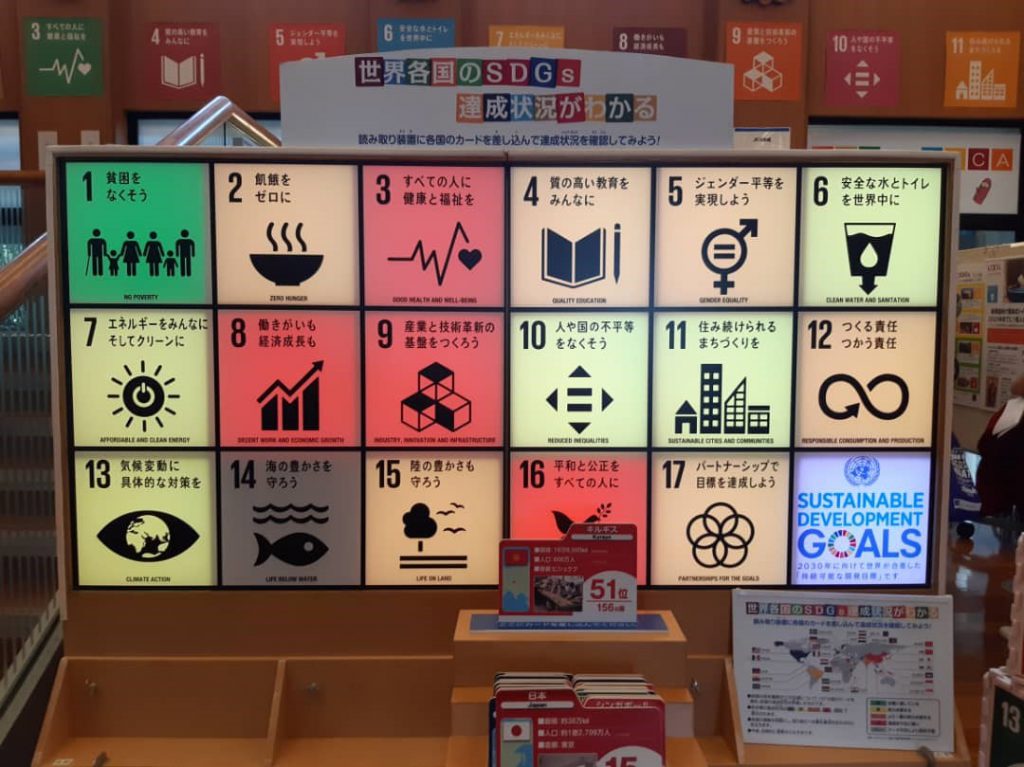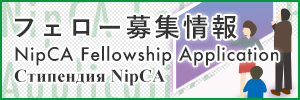Aigerim Muratbekova


During our short study tour in Okinawa, we were given an opportunity to visit the JICA Office. In addition to it, we had the privilege to get acquainted with activities and projects regarding SDGs. I’ve learned that the JICA is actively working in promoting and achieving SDGs. One way, JICA is doing it, is through collaboration with local and international partners. For instance, together with international organizations such as the WHO and the World Bank, JICA is contributing to achieve Universal Health Coverage (UHC) programs through strengthening health systems, maternal and child health and infectious disease control. As well as with the New Partnership for Africa’s Development (NEPAD), JICA launched Initiative for Food and Nutrition Security in Africa (INFA) at the Sixth Tokyo International Conference on African Development in 2016. These are just a few examples of JICA’s collaboration with international partners. JICA has various programs and projects to obtain these 17 goals. In fact, it is already implementing more than 200 projects around 60 countries all over the world.
But one thing that struck me the most during our visit to the JICA office in Okinawa is a board of SDGs with a diskette of a certain country. When you insert a diskette of a certain country in this board of SDGs, you will see the current situation of that country regarding these goals. But there were available diskettes with some countries only. Fortunately, diskette of the Kyrgyz Republic was there. After inserting the diskette, each SDG appeared in a certain color reflecting the situation of the country’s SDG achievements.

Green means the goal is achieved. Light green – is almost achieved. Beige means something is being done to achieve the goal, so it is not static. Red means that goal is not achieved at all. Gray color – no data is available. Seeing this make me realize that a lot of work needs to be done to achieve all these goals and improve the situation in the Kyrgyz Republic.
JICA has its offices in different countries all around the world. One of them is in the country I came from – Kyrgyz Republic. Kyrgyz Republic is a landlocked mountainous country in Central Asia. It is also known as the heart of Asia. It is a homeland of great mountains, lakes and beautiful nature. More than 80% of the country’s territory is covered by mountains. That’s one of the reasons why occasionally, Kyrgyz Republic is referred as the Switzerland of Central Asia. In addition to it, there is a beautiful lake Issyk-Kul, known as the pearl of the Kyrgyz Republic. The basis of the Kyrgyz Republic’s economy is agriculture, hydro energy, and mining. Besides, it also takes one of the first places in the world in gold reserves. Breathtaking nature and monuments of ancient culture creates an amazing opportunity for tourism development of the country. Despite all these riches, the Kyrgyz Republic is still one of the developing countries. Hopefully in the near future it will be one of the most developed countries as it has all the resources and potential.
So after a short visit to the JICA office in Okinawa, I got curious with activities of JICA in my country. Does JICA office in the Kyrgyz Republic also promote and work towards SDGs achievement? If yes, what are the JICA’s main focuses, out of these 17 goals?
JICA’s
primary targets in the Kyrgyz Republic are economic development and poverty
eradication. Thus, JICA is mainly focusing on two SDGs: goal 1 (no poverty) and
goal 8 (decent work and economic growth). JICA is aiming to help to achieve
these two goals by strengthening export competitiveness and promoting business.
To do so, two areas were selected as a priority:
1) Agriculture and Business Promotion. 2) Development of transport
Infrastructure.
Moreover, JICA has plenty of other programs which are constantly happening in the Kyrgyz Republic. These programs are aimed to contribute to the socioeconomic development and the human resources development of the Kyrgyz Republic.
One of them is “Acceptance of trainees”. Under this program, many government officials of the Kyrgyz Republic have wonderful opportunity to go to Japan and get trained in different fields. After getting trained in their respective fields, they could make a contribution to their workplace, community, and country.
The other program is “Dispatch of volunteers”. JICA is accepting plenty of volunteers from Japan who are actively working in different regions of the Kyrgyz Republic. They serve the Kyrgyz community in a variety of fields such as Japanese language, computer technology, physical training, music etc. There are two categories of volunteers coming to the Kyrgyz Republic: Japan Overseas Cooperation Volunteers and Senior Volunteers.
These are the results of my small research about JICA’s activities in the Kyrgyz Republic. I believe what JICA is doing will help my country to achieve those two SDGs goals.



